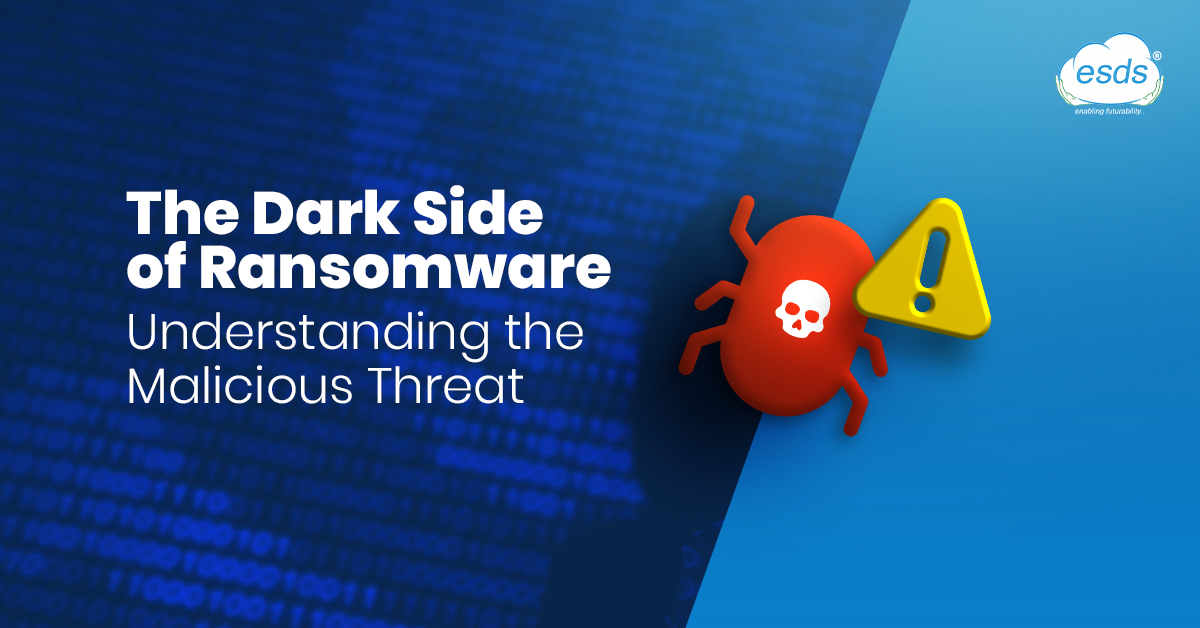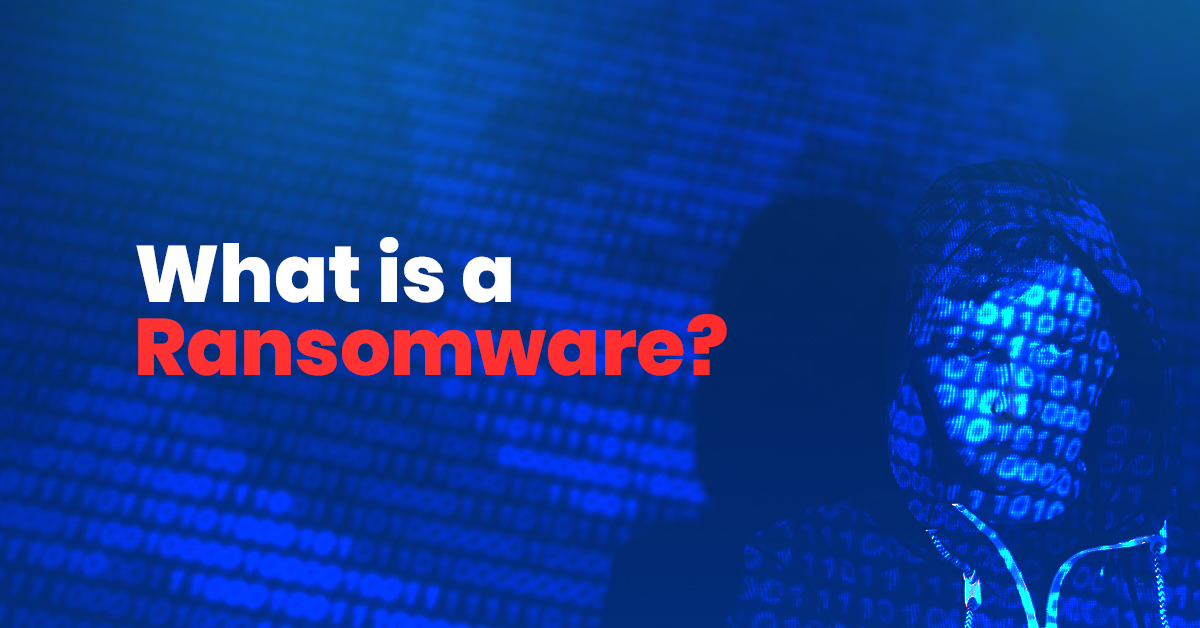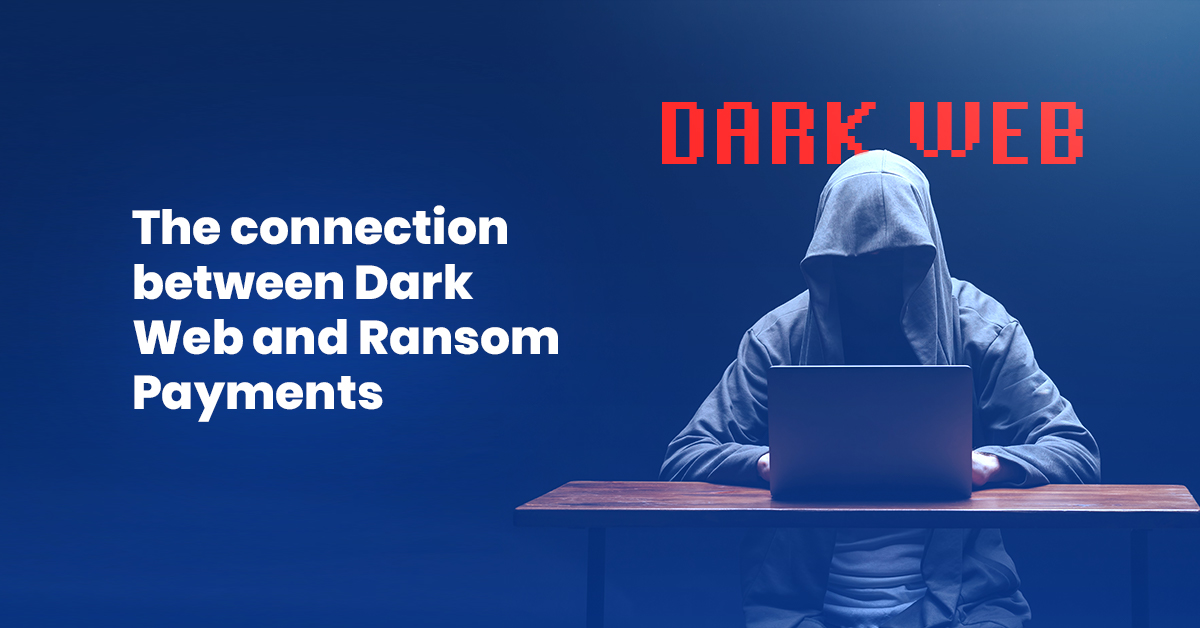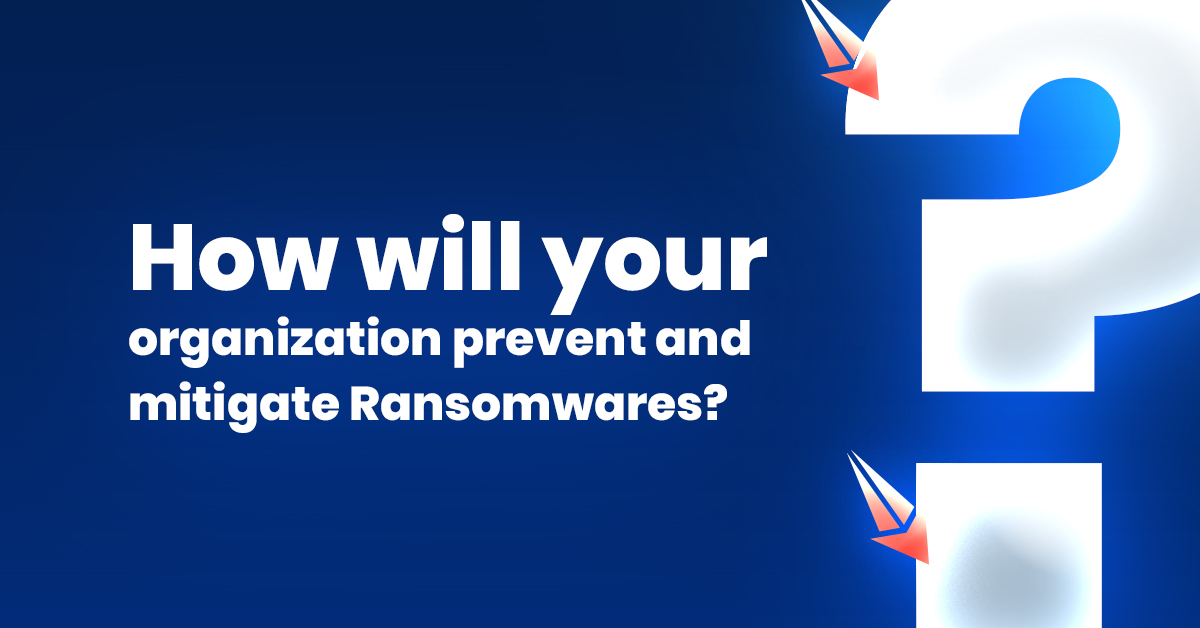The Dark Side of Ransomware: Understanding the Malicious Threat

In an increasingly digitized world, where information is the lifeblood of businesses, the specter of ransomware looms ominously. Picture this: you’re engrossed in your work, entrusting your laptop with critical data when a chilling message suddenly engulfs your screen— “Ransomware Attack! You’ve Been Hacked!” The mere thought sends shivers down your spine, as you grapple with the realization that your precious information has fallen prey to cybercriminals. Alas, this alarming scenario is not confined to your imagination; it’s a harsh reality faced by an astonishing 91% of Indian firms in the year 2022 alone Ref: (cio.economictimes.indiatimes.com). Let that sink in for a moment.
Individuals and Organizations face devastating financial and emotional consequences, urging us to address the urgent need for proactive measures against this constantly evolving threat.
Here is an in-depth article on what is Ransomware, how to mitigate ransomware attacks, its impact on individuals and the organization, evolving tact and techniques, and so on.
- Introduction to Ransomware | What is Ransomware?

Ransomware is malicious software designed to encrypt or lock access to a victim’s files or entire computer system until a ransom is paid. It typically infiltrates systems through deceptive emails, malicious links, or exploit kits. Once infected, the victim is left with limited options, often forced to pay the ransom to regain access to their data.
2. Impact on Individuals and Businesses
Ransomware attacks have devastating consequences for individuals and businesses. Financially, victims face the burden of paying the ransom, potential loss of revenue due to downtime, and the cost of recovery efforts. Operationally, critical systems can be disrupted, leading to productivity loss and disruption of services. Reputational damage occurs as news of the attack spreads, eroding customer trust and potentially leading to the loss of business opportunities.
3. Evolving Tactics and Techniques
Cybercriminals continuously evolve their tactics to maximize their success rates. Techniques like double extortion, where attackers steal sensitive data before encrypting it and threaten to release it unless the ransom is paid, have become increasingly common. Fileless ransomware, which operates in memory without leaving traces on the disk, poses unique challenges for detection and mitigation. Targeted attacks, focusing on specific industries or organizations, use reconnaissance and social engineering to increase their chances of success.
4. High-Profile Ransomware Attacks
Notable ransomware attacks, such as WannaCry, NotPetya, and Colonial Pipeline, have garnered significant attention due to their impact on critical infrastructure, healthcare systems, and major corporations. These attacks demonstrate scale, severity, and potential cascading effects of ransomware incidents, underscoring the urgent need for robust cybersecurity measures.
5. Dark Web and Ransom Payments

Ransomware operators often leverage the anonymity provided by the dark web to communicate with victims and facilitate ransom payments. Cryptocurrencies like Bitcoin are frequently used due to their pseudonymous nature, making it difficult to trace transactions. Understanding the hidden marketplaces and payment methods helps shed light on the infrastructure and ecosystem that sustains ransomware operations.
6. Psychological Impact
Ransomware attacks impose not only financial and operational harm but also significant psychological distress on victims. The violation of privacy, fear of permanent data loss, and loss of trust in technology and security measures contribute to feelings of vulnerability and anxiety. Businesses may experience employee morale issues and a sense of betrayal, further amplifying the psychological impact.
7. Ransomware-as-a-Service (RaaS)
Ransomware-as-a-Service (RaaS) models have democratized ransomware attacks, allowing even inexperienced individuals to launch their campaigns. RaaS platforms provide a user-friendly interface and handle the technical aspects, enabling cybercriminals to distribute ransomware and split the profits with the developers. This ease of access has contributed to the proliferation of ransomware incidents.
8. Targeted Sectors
Certain industries, such as healthcare, education, and critical infrastructure, are frequently targeted by ransomware attacks. Healthcare institutions possess valuable patient data, making them attractive targets. Educational institutions may have weaker security postures, and critical infrastructure, such as power grids, can have severe consequences if compromised. Understanding why these sectors are targeted helps tailor preventive measures to their specific vulnerabilities.
9. Law Enforcement and Legal Challenges
Ransomware attacks pose challenges for law enforcement agencies in identifying and apprehending cybercriminals. Attackers often operate across borders, making international collaboration vital. The legal complexities surrounding extradition, jurisdiction, and attribution complicate efforts to hold perpetrators accountable. Strengthening international cooperation and updating legal frameworks are necessary to combat ransomware effectively.
10. Prevention and Mitigation Strategies

To protect against ransomware, individuals and organizations must implement proactive measures. These include:
- Regular Backups: Maintain secure and up-to-date backups of critical data. Store backups offline or in a separate network to prevent them from being compromised during an attack.
- Network Segmentation: Implement network segmentation to limit the spread of ransomware within the system. Isolating critical assets and sensitive data helps contain the impact of an attack.
- Security Awareness Training: Educate employees about the risks associated with ransomware and provide training on how to identify and avoid phishing emails, malicious links, and suspicious attachments.
- Robust Cybersecurity Measures: Deploy and update antivirus software, firewalls, and intrusion detection systems to detect and block ransomware threats. Regularly patch and update software to address vulnerabilities.
- Incident Response Plan: Develop a comprehensive incident response plan to guide actions during a ransomware attack. This plan should include steps for isolating affected systems, communicating with stakeholders, and engaging appropriate cybersecurity experts.
11. Collaboration and International Response
Addressing the dark side of ransomware requires global collaboration. Governments, law enforcement agencies, cybersecurity organizations, and industry stakeholders must work together to share threat intelligence, best practices, and resources. Initiatives such as information-sharing platforms and joint cybersecurity exercises strengthen collective defenses against ransomware.
12. Future Trends and Emerging Technologies
As ransomware continues to evolve, emerging technologies hold promise in prevention and mitigation efforts. Artificial intelligence and machine learning algorithms can enhance threat detection and response capabilities. Blockchain technology has the potential to provide secure and tamper-proof data storage, reducing the impact of ransomware attacks.
Future Trends and Emerging Technologies:
- Artificial Intelligence (AI): AI can help identify patterns and anomalies in network behavior, aiding in the early detection of ransomware attacks. Machine learning algorithms can continuously analyze data to identify potential threats and enhance cybersecurity defenses.
- Machine Learning (ML): ML algorithms can be trained to recognize ransomware signatures and behavior, enabling quicker identification and response. ML-based endpoint protection solutions can detect and block ransomware before it can execute and cause damage.
- Blockchain Technology: Blockchain’s decentralized and immutable nature can provide secure storage and backup solutions, reducing the risk of data loss due to ransomware attacks. Additionally, blockchain can enhance identity management and authentication protocols, making it harder for attackers to gain unauthorized access.
- Threat Intelligence Sharing: Increased collaboration among security professionals, organizations, and governments facilitates the sharing of threat intelligence. This collective knowledge can help identify emerging ransomware strains, tactics, and indicators of compromise, enabling proactive defense measures.
Conclusion:
The dark side of ransomware represents a significant and ever-evolving threat to individuals and businesses alike. Its impact goes beyond financial losses, affecting operations, reputations, and psychological well-being. Cybercriminals constantly refine their tactics, employing sophisticated techniques and targeting specific sectors.
Addressing this menace requires a multi-faceted approach. Organizations must prioritize cybersecurity measures, including regular backups, network segmentation, and security awareness training. Collaborating with the best security service provider like ESDS is crucial for organizations to stay ahead of cyber war. Remember, the fight against ransomware requires continuous adaptation, education, and a collective commitment to cybersecurity, where ESDS can be your ultimate choice. Stay informed, implement best practices, and foster a culture of resilience to safeguard against this pervasive threat.
Together, we can overcome the dark side of ransomware and create a safer digital landscape for all.
- Decoding Generative AI: A Comprehensive Guide to Gartner’s Impact Radar - January 2, 2024
- 5 Best Practices for Cloud Security in 2024 - December 29, 2023
- 10 Best Machine Learning Ops Strategies for Cloud Environments in 2024 - December 29, 2023
